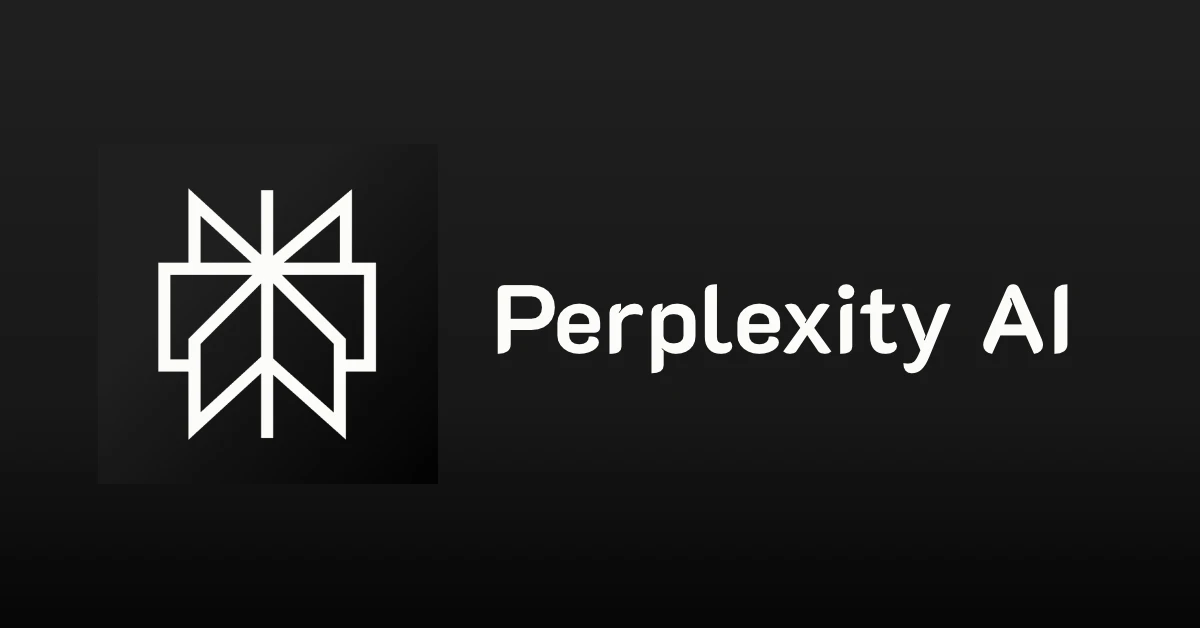Are you looking to integrate cutting-edge language models into your applications? Look no further than the Perplexity AI API. Perplexity offers a suite of powerful AI models and tools that enable developers to build intelligent applications with ease. In this comprehensive guide, we’ll dive into everything you need to know about the Perplexity AI API, from pricing and documentation to code examples and use cases.
Table of Contents
What is the Perplexity AI API?
The Perplexity API, also known as pplx-api, provides access to Perplexity’s state-of-the-art language models. These models, such as pplx-7b-online and pplx-70b-online, are trained on vast amounts of data and can generate human-like text, answer questions, and perform various natural language processing tasks.
With the Perplexity API, developers can harness the power of these models to build intelligent chatbots, content generators, and more.
Perplexity AI API Pricing
One of the first things developers consider when choosing an API is pricing. Perplexity offers a usage-based pricing model, making it accessible for projects of all sizes. Perplexity Pro users receive a $5 monthly credit, which can be used towards API usage. Beyond that, usage is priced based on the number of tokens processed by the models. Detailed pricing information can be found here or on the Perplexity API official documentation.

Getting Started with the Perplexity AI API
To get started with the Perplexity API, you’ll need an API key.
Here’s how to obtain Perplexity AI API key:
- Sign up for a Perplexity account at https://www.perplexity.ai.
- Navigate to the API settings page and add a payment method.
- Purchase API credits. Pro users receive $5 of free credit each month.
- Generate an API key. Keep this key secure, as it grants access to your account.
With your API key in hand, you’re ready to start making requests to the Perplexity API.
Perplexity AI API Documentation
The Perplexity AI API documentation is your go-to resource for learning how to interact with the API. It provides detailed information on available endpoints, request and response formats, and authentication. The documentation also includes code examples in popular programming languages like Python, making it easy to get started.
Some key sections of the documentation include:
- Authentication: Learn how to authenticate your requests using your API key.
- Models: Explore the available language models and their capabilities.
- Endpoints: Discover the various API endpoints for generating text, answering questions, and more.
- Usage Guidelines: Understand the best practices and limitations when using the API.
You can read the Perplexity API Offical Documentaion here.
Perplexity AI API Python Example
Python is a popular language for working with APIs, and the Perplexity AI API is no exception. Here’s a simple example of how to generate text using the Perplexity AI API in Python:
from openai import OpenAI
api_key = "YOUR_API_KEY"
model = "pplx-7b-online"
prompt = "Once upon a time,"
client = OpenAI(api_key=api_key, base_url="https://api.perplexity.ai")
response = client.chat.completions.create(
model=model,
messages=[{"role": "user", "content": prompt}]
)
print(response.choices[0].message.content)This code snippet demonstrates how to set up the OpenAI client with your Perplexity API key, choose a model, provide a prompt, and generate text based on that prompt. The generated text will be printed to the console.

Use Cases of Perplexity API
The Perplexity opens up a world of possibilities for building intelligent applications. Some common use cases include:
- Chatbots: Build engaging chatbots that can understand user queries and provide relevant responses.
- Content Generation: Automatically generate articles, product descriptions, or social media posts.
- Question Answering: Create applications that can answer user questions based on a given knowledge base.
- Text Summarization: Summarize long articles or documents into concise snippets.
- Language Translation: Translate text from one language to another.
These are just a few examples of what you can build with the Perplexity Api. The possibilities are endless, limited only by your creativity and imagination.
Perplexity AI API Models
Perplexity offers a range of language models to suit different needs and use cases. Some of the most popular models include:
- pplx-7b-online: A powerful 7 billion parameter model that excels at general-purpose language tasks.
- pplx-70b-online: An even larger model with 70 billion parameters, capable of handling more complex tasks.
- codellama-34b-instruct: A model specifically trained for code generation and understanding.
- mistral-7b-instruct: A model fine-tuned for instruction following and task completion.
Each model has its own strengths and characteristics, so it’s important to choose the right one for your specific use case. The Perplexity AI API documentation provides detailed information on each model to help you make an informed decision.
Conclusion
The Perplexity is a powerful tool for developers looking to integrate advanced language models into their applications. With its user-friendly pricing, comprehensive documentation, and wide range of models, the Perplexity makes it easy to build intelligent chatbots, content generators, and more.
By following the examples and guidance provided in this article, you’ll be well on your way to harnessing the power of the Perplexity API. So what are you waiting for? Sign up for an API key, dive into the documentation, and start building the next generation of intelligent applications today!
